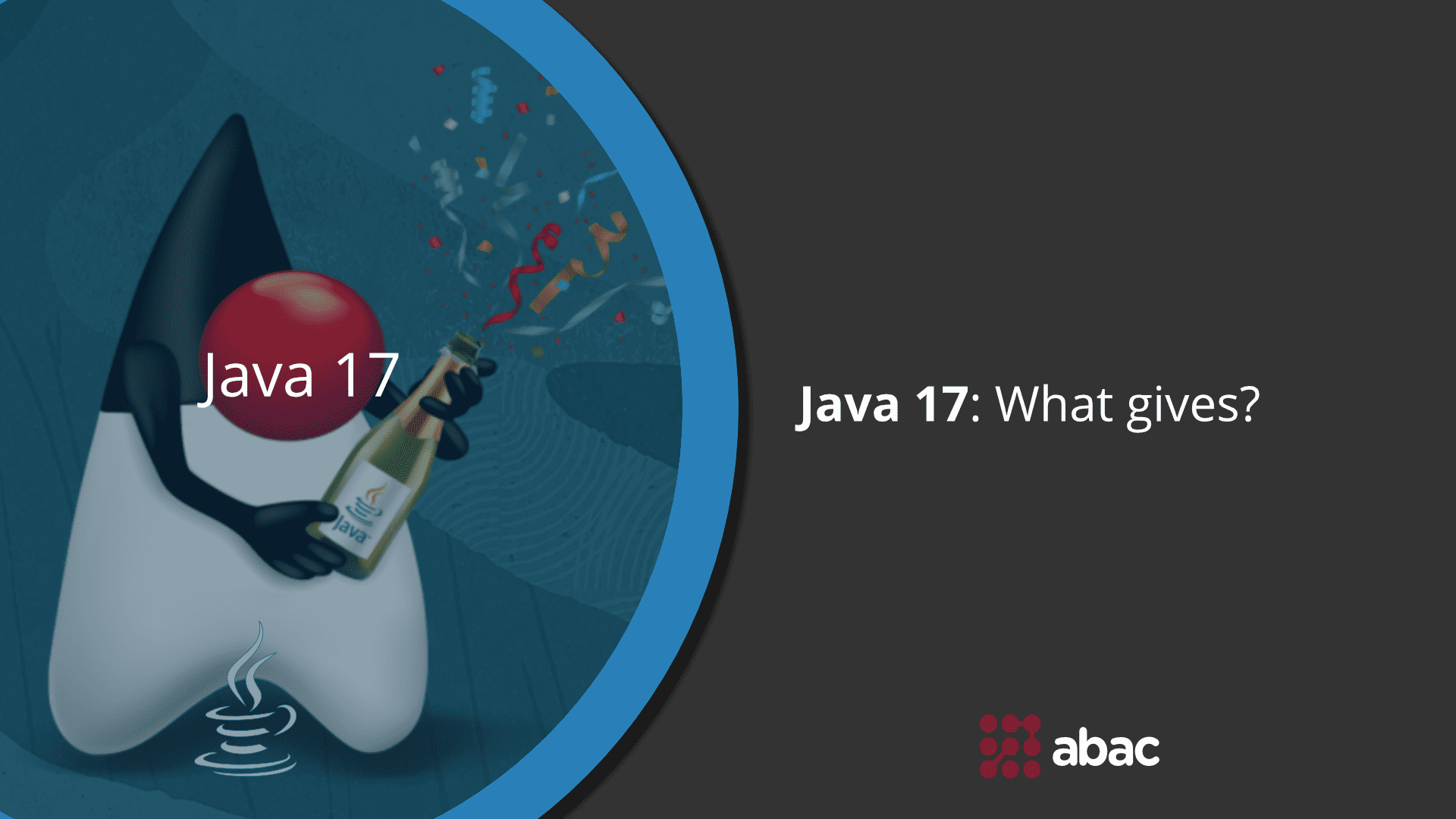As we know, Java 17 is the latest version with Long-Term Support, while most applications today are using Java 8 or 11.
As of now, Java 11 is battling with the Java 8 LTS for the industry-standard spot in web development services. But Java 11 was released in 2018, quite a while ago. While Java programming has stuck with the 11th version because of its stability and reliability, the non-LTS versions have brought some interesting updates on the scene of software and web development.
In-between versions with extended support, Java also releases non-LTS updates. But due to the lack of stability and the six months of usability, programmers generally ignore them. Even when these versions bring long-awaited makeovers, using them regularly is quite a risky feat.s.
Java 17 LTS: Best Features to Keep an Eye On
The world of web and software development slowly moves towards faster, more efficient, and effective coding with each passing day. To claim a spot in the industry, the new Java LTS had delivered on these factors. After all, if an update doesn’t improve efficiency, it doesn’t fulfil its purpose.
So, has it? Here is the list of features that makes us think that it did:
- Enhanced switch expressions;
- Clear NullPointerExceptions;
- ZGC performance boost;
- Multiline strings;.
- Pattern matching for instanceof;
- Records;
- Sealed classes;
Quite a couple of updates are already here! Even though we don’t yet know how well are those performing on the live LTS, we can wholeheartedly look forward to it.
To make sure that everybody is in the same boat with how these updates will affect the Java ecosystem, we will take a look at what each of them does. Then, you can be the judge of whether the new LTS is a valuable addition to the Java programming community or to your development team.
Enhanced Switch Expressions – Java 14
This was a long-awaited update that finally came to fruition. In Java 14, switch was extended so that it can be used both as an expression and a statement. It essentially doubles down on the functionality of switch.
Aside from this, the new yield statement allows us to assign a value to the expression. You can also add multiple constants per case by separating them with commas, which is more convenient.
However, if you are more on the traditional side of programming and would like to stick with the old switch expression, you should not yet make the switch back to previous versions. The Java 14 update allows you to use both at will!
Clear NullPointerExceptions – Java 14
You know it, we know it, everybody in the Java programming world had to bear with it at some point. If you have ever racked your nerves trying to find which part of the code threw the NullPointerException, we have great news for you!
From Java 14 onwards, the developers tried to give as much detail to the error as possible. The message will now describe the null variable, along with the method, filename, and line number. If you were looking for a single reason to make the switch to the new Java LTS, this is it.
ZGC Performance Boost – Java 15
If there’s something we love computers for, it is automation. The Z Garbage Collector was a fantastic addition to Java programming from the beginning, and the new performance boost only stands to improve on what’s already here.
This updated ZGC from Java 15 will boost the performance and efficiency of your application. If it’s already there, why not use it? It’s definitely free real estate.
Multiline Strings – Java 15
After quite a bit of time filled with promises, a warm welcome to multiline strings! This update crowns the excitement of the programming community for the new Java LTS more than anything else on the list.
By allowing programmers to declare strings on multiple lines, the convenience and efficiency of coding increase significantly. Also, the developers have an easier life when declaring strings, which is always welcome.
Pattern Matching for instanceof – Java 16
Everybody loves updates that make the code shorter and easier to use. The change to instanceof from Java 16 is no different. While in previous versions, testing and converting an object had to be done separately, pattern matching allows you to do both at the same time.
While not a huge reduction in code length, any diminishing verbosity is more than welcome. Thus, efficiency points are granted to the new Java LTS.
Records – Java 16
If you’ve ever wished for a simplified class system in Java, we can frankly tell you that Christmas is early this year! Only that instead of Santa Claus, you have the Oracle development team.
With faster initialization and better storage of data than what we already have, the records from Java 16 will make life easier for at least a couple of us.
Will it be the end for Lombok? Perhaps it’s a bit early to say, but it’s definitely a discussion to keep track of!
Sealed Classes – Java 17
While not yet live in any previous non-LTS version of Java, the sealed classes addition will make any API developer’s life much better. The main purpose of the update is to restrict which other classes or interfaces may extend the sealed class.
It takes away the inheritance feature from class users, giving you more control over who can derive a class from it. Thus, sealed classes bring much-needed encapsulation to the spotlight.
Java 17 LTS: Yay or Nay?
This was quite a ride, but at last, we reached the end of the new Java LTS list of features. As seen above, the update tackles many issues that programmers have had to deal with for some time. The developers were listening, after all!
Along with improving the efficiency of coding, applications, and certain processes, it also aims to make programming less time-consuming. That means more time for you and me!
Given these reasons, Java 17 is a clear green light for our team, as we are excited to see what we can do with the latest elements of the language. If you’ve read until here, we trust that you are the type of person who loves tech, and all improvements are welcome with open arms in your team.
As we all love constantly improving and working better on our projects, we advise you to give Java 17 a shot. After all, the worst thing that can happen is to go back to Java 11 (which is not going anywhere until 2026). So, why not?

